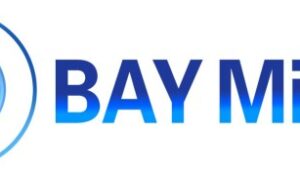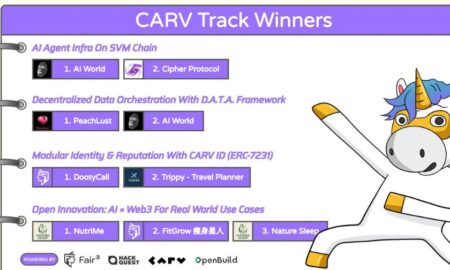Integrating an AI governance platform with existing systems is very significant. It is used to line up the potential of artificial intelligence with other systems to make the system more consistent and effective.
AI governance platform involves a completely structured process of making rules and tools to make sure that AI governance is used in an accountable and proper manner.
AI governance is very important in modern ventures to ensure responsibility and standards. Ensure that the platform you are choosing for AI governance offers you many features like tracking, monitoring, reporting, etc. AI governance platform provides all these necessary and modern features to integrate AI governance with existing systems.
This guide will cover how to integrate an AI governance platform with existing systems, assessing existing systems, key features to consider, planning the integration process, and management and training.
Assessing existing systems
To integrate an AI governance platform with existing systems, it is very important to assess the existing systems. It helps in finding the issues, integration points, needs and improvements.
The steps involved in assessing existing systems are listing applications, finding needs, identifying integration points, checking technical compatibility, data quality, and making an assessment report.
Key features to consider
The key features that should be considered while choosing an AI governance platform are trace data lineage and audits, monitoring the performance of models, access controls, and performance optimization.
By evaluating these features, you can select an AI governance platform according to your needs and specifications you want. These features will help to ensure the effectiveness of governance, compatibility and transparency.
Planning the integration process
Integration of an AI governance platform with existing systems requires careful planning to achieve the desired goals.
Planning the integration process involves following steps including setting objectives, resource allocation, API integration and emerging technologies. Here is a detailed guide to planning the integration process.
Setting objectives
The first step involved in planning the integration process is setting goals. It is very important to set objectives to integrate an AI governance platform with existing systems
Setting objectives helps ensure the computability, accuracy and efficiency of AI technologies. Setting integration objectives will help in the successful integration of AI governance platforms with existing systems.
Resource allocation
Resource allocation is also very significant in the integration of an AI governance platform with existing systems. It is very important to calculate the cost and allocate the resources for successful integration.
It helps to calculate total cost, and software expenses, allocate the budget, and identification of key personnel. Identification of key personnel includes staff, management and data experts.
API integration
API stands for application programming interface. API integration is an important element of integration of an AI governance platform with existing systems.
Implementation of API integration leads to an effective and coherent AI governance platform with existing systems.
Emerging technologies
Emerging technologies lead to a compatible, effective and efficient AI governance platform. Emerging technologies provide several benefits.
Emerging technologies are quantum computing, blockchain technology, edge computing, federated learning etc.
These emerging technologies improve transparency, reduce the risk of data violation, and enhance privacy and security.
Management and training
Management and training are very important for the integration of an AI governance platform with existing systems. Proper management and training are necessary for the long-term success and effectiveness of the system.
Here are some steps of management and training for the integration of the AI governance platform.
Communication with stakeholders
It is very important to develop communication between stakeholders to inform them about the change in existing systems
Communicating with stakeholders, giving them information about the integration process, benefits of integration, and its effectiveness for the system, and addressing their concerns about the change.
Training programs
The development of training programs is very important for the management of AI governance platforms. These training programs should cover all the key features of the AI governance platform.
The training programs offer training by creating detailed documentation, interactive tutorials, role-based training and skill levels.
Managing and establishing support systems
Managing and establishing support systems are very important to run an AI governance platform smoothly. Proper support systems help to resolve common and technical issues, efficient resolution and provide continuous assistance.
Managing and establishing support systems include a helping desk, online support, virtual assistants, guidelines, and analyzing feedback.
Feedback and improvements
The collection of feedback for the continuous improvements of the system is very important for the integration of the AI governance platform. It ensures that the platform is user-friendly, efficient and lines up with the desired outcomes.
Develop specific and satisfactory surveys, and feedback forms and conduct interviews, to analyze the feedback and make continuous improvements for the betterment of the platform.
Find out the issues of the user understand the priorities and make improvements for user satisfaction.
Conclusion
Integrating an AI governance platform with existing systems is very crucial but it gives advantageous outcomes. Integration of AI governance platform includes assessment of existing systems, key features that should be considered while integration, planning of integration process, training, feedback and continuous improvements.
By following all these steps, it increases the compatibility, efficiency and transparency of the system. An AI governance platform includes the policies, tools and processes that should be used to operate an AI system for efficiently and optimizing AI operations.



































